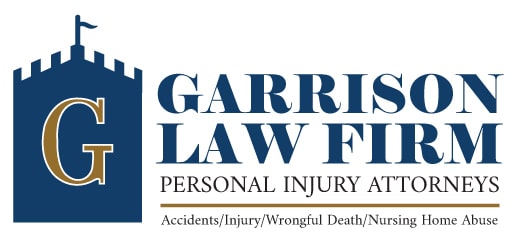A pedestrian who has been hit by a vehicle may suffer from serious injuries. Arizona has several laws to determine who is responsible for injuries when an accident occurs. These laws include a variety of situations for Arizona roadways, including crosswalks and intersections.
When you seek compensation through a personal injury lawsuit, the laws will likely be the first thing lawyers look at before deciding to proceed with a case. Every state has different driving laws, so learn about the laws in Arizona and how pedestrian laws could impact your case.
Laws About Crossing the Street
Crosswalks
One of the more common areas where you will find pedestrian accidents is at a crosswalk. The state of Arizona has many laws about transportation and pedestrians in crosswalks, including law 28-792. This law covers right-of-way at a crosswalk and states that when a person is walking on a crosswalk, vehicles must yield to the pedestrian because they have the right of way.
Cars should also stop and yield if a person waits at a crosswalk, especially at locations without crosswalk signals. Cars that do not properly stop could be cited for breaking this law. While the law itself will likely only result in a small fine, the citation provides key evidence in a personal injury case and can directly showcase a driver’s fault in the situation.
Another big part of the law includes stopped vehicles at a crosswalk. If a vehicle is stopped at a single lane or multi-lane crosswalk area, any other approaching cars need to stop as well. Cars cannot pass another car, because the stopped vehicle is likely stopped to let someone cross.
Roundabout Crosswalks
While we often visualize crosswalks that go across a single road, many crosswalks in Arizona are built at roundabout areas. Roundabout circles can not only improve the flow of traffic, but they reduce the crisscross pattern between pedestrians and cars. According to AZCentral.com, the state of Arizona has at least 80 roundabouts, and many of them feature crosswalks.
Just like a standard crosswalk, vehicles must yield to anyone in the crosswalk area, whether they are currently in the roundabout or waiting to enter. If an accident does occur, the fault is usually placed on the driver for not properly following the roundabout directions and basic traffic laws.
Non-Crosswalk Areas
If a street crossing does not have a crosswalk sign, then the roles are pretty much reversed. According to Arizona law 28-793, pedestrians who use non-crosswalk areas must yield to all traffic. If you were hit by a vehicle in a non-crosswalk area, then it could become a bigger challenge to hold a driver at fault.
Of course, once a non-crosswalk area is determined, other factors could come into play. For example, a vehicle could have been speeding so a pedestrian could not move in time. A driver could have been under the influence of drugs or alcohol. A crossing-the-street injury in a non-crosswalk area is not an impossible case, but more facts are needed to help the case.
Laws About Walking on the Side of the Road
A pedestrian injury may not occur when a person is crossing the street. In the state of Arizona, if a street does not provide sidewalks, then pedestrians have the legal right to walk along the side of the road. According to Arizona law 28-796, a pedestrian must walk against traffic so cars are coming towards them. Visually, this helps a person see the oncoming vehicles.
Drivers are supposed to be aware of pedestrians on the road and ensure they drive by safely when passing a pedestrian. If a car veers towards a person on the side of the road, the law adds protection for the pedestrian and will help with personal injury cases. The law covers runners as well, so the speed of the pedestrians does not matter as long as they stick to the side of the road.
Laws About School Zones
The school zone is another area with specific driving laws to protect pedestrians. School zones often have lower speed limits and special crosswalk areas that are typically designated with yellow paint. Drivers should slowly approach those crosswalks during school hours and yield to anyone who needs to cross.
Many schools rely on traffic guards, so drivers need to pay attention to visual cues and signals before driving across a crosswalk. Another factor is school bus flashers. At any crosswalk, whether in a school zone or not, cars cannot legally pass by a school bus that has their flashers on. This rule is in effect even if the area has multiple lanes or the vehicle drives in the opposite direction.
The law is in place to protect children that may need to cross the road to go home. If a person is hit when the school bus flashers are on, the driver is most likely at fault. Along with the broken law, a school bus could have many witnesses to the crime.
For more information on pedestrian laws and your rights in a personal injury case, contact us at Garrison Law Firm. We will break down the details of the case and help you seek compensation for your injuries.


